Table of Contents Show
Entertainment’s main purpose is to appeal to the greater public, that is why audiences are constantly being fed reboots of older material that they are familiar with. Shakespeare, the world’s most famous playwright, wrote his plays over four hundred years ago. These plays were the height of entertainment during their time of publication, so why have they become a chore to see for most people?
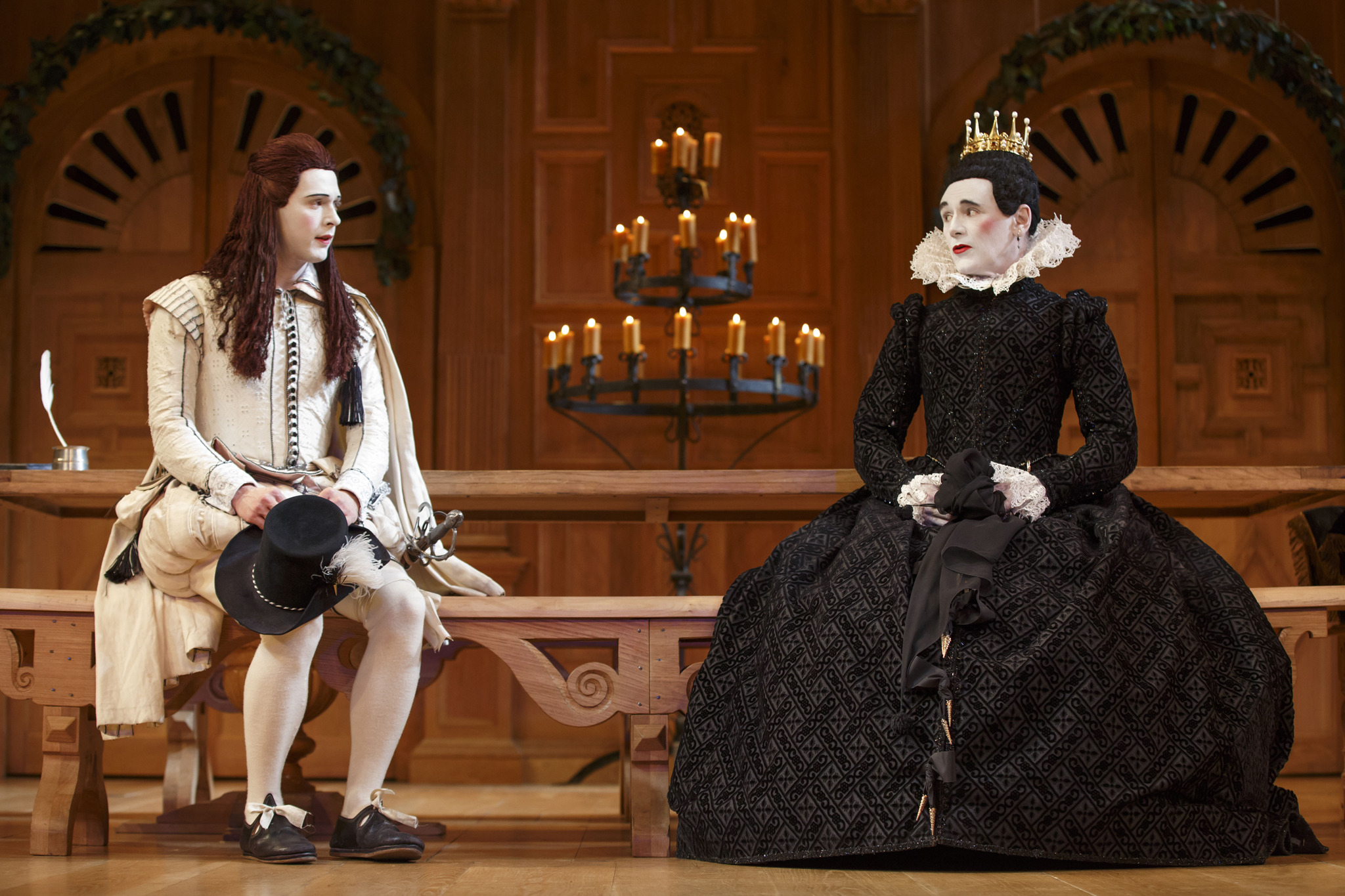
As time moves forward, Shakespearean plays become less current and harder to enjoy as a form of entertainment. Viewers are simply unable to relate to the material and enjoy it to the fullest extent. However, when these shows are produced with modern themes and settings, they not only become enjoyable again, but they take on new significance. By bringing Shakespeare into the modern-era and interpreting his work for 21st century audiences, shows that have been performed for hundreds of years become representative of today’s world while also preserving the original artistry of The Bard’s work.
Though She Be But Little…
Shakespeare’s heroines are fierce, angry, and tough. Viola from Twelfth Night deceives everyone in pursuit of her own goals, and Rosalind from As You Like It takes charge of her own fate when she runs away from her kingdom. Despite these strengths, Elizabethan Era productions of Shakespeare limit women to restrictive gowns and ultimately make them the secondary characters of their stories through an outdated direction.
Shakespeare’s writing even shames these women’s power at times. While Lady Macbeth is known for her manipulation of Macbeth in order for her status to rise, the overarching patriarchal themes of the play make her intelligence out to be a sign that she is ‘unfilled’ as a woman, and is unnatural (( Davis, Marion. “A Brief Look at Feminism in Shakespeare’s ‘Macbeth …” Inquiries Journal, 2009, www.inquiriesjournal.com/articles/1691/a-brief-look-at-feminism-in-shakespeares-macbeth.Davis, Marion. “A Brief Look at Feminism in Shakespeare’s ‘Macbeth …” Inquiries Journal, 2009, www.inquiriesjournal.com/articles/1691/a-brief-look-at-feminism-in-shakespeares-macbeth. )).
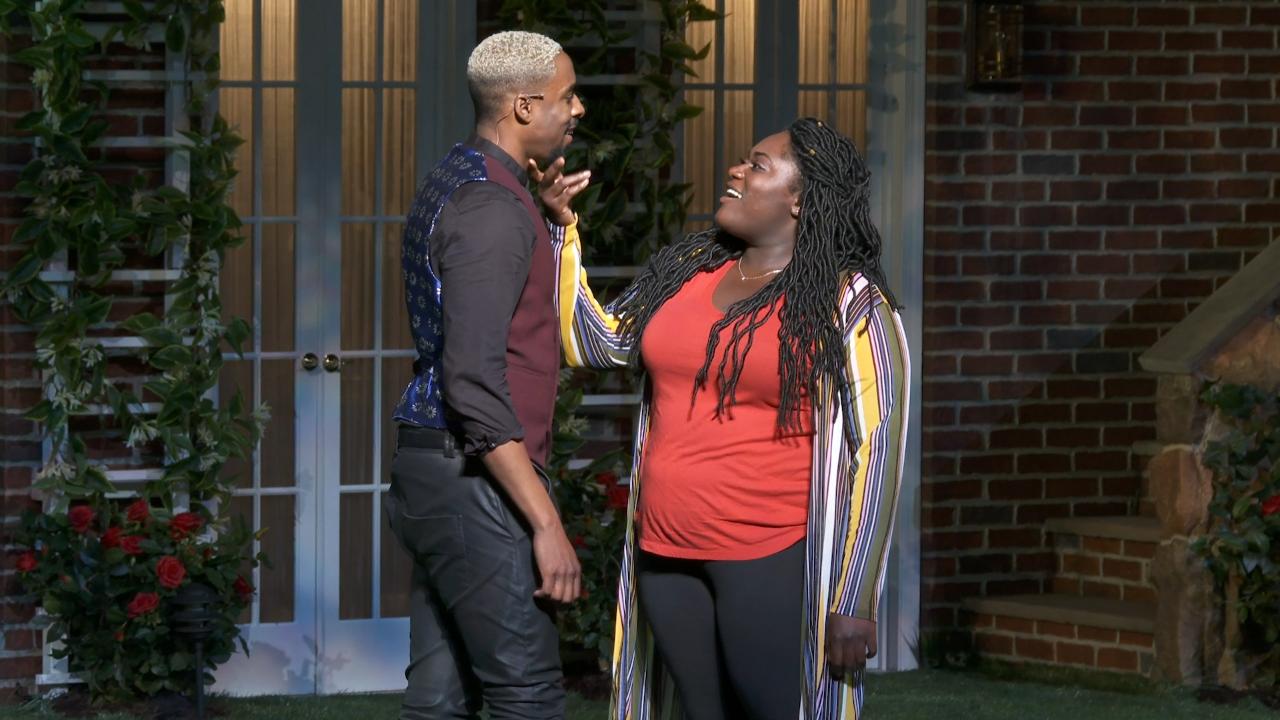
No longer should these women be shamed and their strength be hidden, it is time for these heroines to truly shine as we move Shakespeare into the twenty-first century. The Public Theatre’s Much Ado About Nothing, starring Danielle Brooks, puts Beatrice, where she belongs, in the spotlight. Much Ado About Nothing revolves around two young women. Beatrice, who is reluctant to get married and refuses love, and Hero, who marries the first man that woos her, earn her father’s approval. For productions set in the Elizabethan Era, the patriarchy of that time inherently influenced the show and Beatrice became a shrew to avoid marriage. As the show moves into the modern era, that period’s social climate follows.
The Public Theatre set its production in Aragon, George in 2020. When Beatrice taunts the men around her in front of a Stacy Abrams 2020 poster, there is no denying that in this play Beatrice is no shrew. In fact, she is an independent woman who is the shining light of the entire production. Beatrice is the woman of today’s world, not the 1500s.
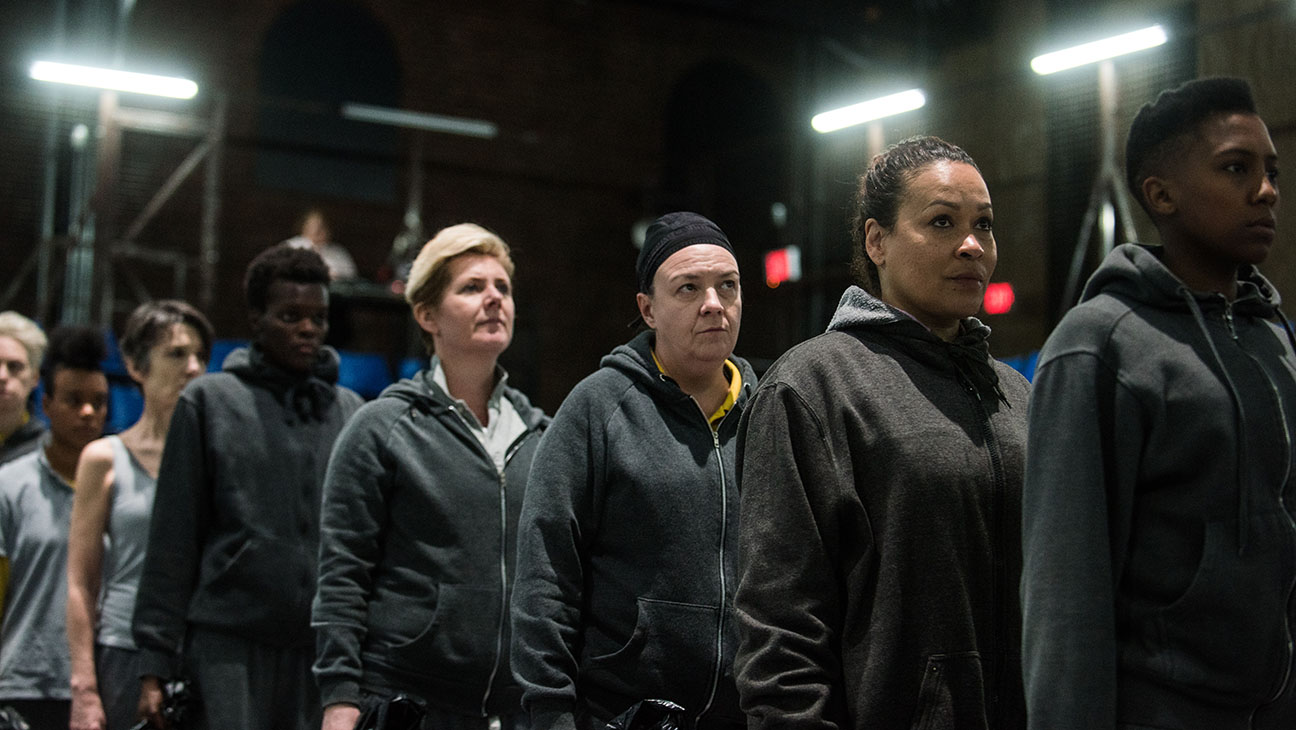
While productions lack female characters, there still remains the possibility for female strength to be highlighted. Productions such as Donmar Warehouse‘s The Tempest takes steps to turn Shakespearean plays into great examples of feminist theatre through gender-bending the entire cast. In their production of The Tempest, a play that has historically had only two female actresses in it, every character is played by a woman in a women’s prison setting.
Suddenly a show about male competition and revenge turns into a case study on the complexity of female relationships, sexual fluidity, and restricted femininity. The Tempest now belongs in the same canon as media like Killing Eve. This allows women to have the dynamic characterization that has been denied to them throughout history. As Shakespearean plays move out of the Elizabethan Era and we continue to re-interpret The Bard’s work, women are no longer the bystanders to a greater story about the triumphs of men.
With Present Mirth Come Present Laughter
Plays such as The Taming of The Shrew, A Midsummer’s Night Dream, and the rest of Shakespeare’s lighter plays are meant to make you laugh, after all they are considered to be Shakespearean comedies. Unfortunately, their Elizabethan Era jokes have become harder to understand with the passing of time. When performed to be as historically correct as possible, they lose their aspect of comedy. Luckily, modern productions of Shakespearean plays bring new forms of comedy that delight modern audiences.
By setting up a Shakespearean play in the twenty-first century there is immediately so much more potential to introduce comedy, just not in the way that Shakespeare originally intended. Most of his shows rely on witty banter for comedic effect, but when the dialog is in Elizabethan Era English, the punchlines fly over audiences’ heads. Therefore, modern productions are needed to ensure that these lines do in fact land.

National Theatre Live‘s 2018 production of A Midsummer’s Night Dream is a great example of how a show can do so. Shakespeare intended for the comedic relief of the show to be a group of theatrical players who wander through the woods during the show as a side plot. When these scenes are presented with historical accuracy in the Elizabethan Era, audiences get lost and confused in the dialog. Luckily for National Theatre Live’s A Midsummer’s Night’s Dream the players have become a makeshift community theatre, each of whom takes on modern personas. Several male players have had their genders changed to female to add to the comedic trope of women being constantly exasperated by stupid men. To the audience’s delight, they even borrowed a ticket holder’s phone for a brief moment to find a “calendar,” while also poking fun at the guest.
The type of comedy that emerges from productions such as this one is different from what Shakespeare intended, but still accomplishes the same goal, to make the audience laugh. These productions retain the original structure and meaning of the show, but at the core of its adaptation is the idea that Shakespeare is meant to be entertaining. While bringing the show to the 21st century, they are simultaneously preserving Shakespeare’s comedic roots and making the play representative of comedic styles that audiences will recognize.
The Course Of Love Never Did Run Smooth
Bringing Shakespeare out of the modern era allows for greater representation within his works, specifically for those in the LGBTQ+ community. It’s no secret that homosexuality has been a theme throughout The Bard’s works. The plots of Twelfth Night and As You Like It hinge on cross-dressing and gender fluidity, while the subtext between Mercutio and Romeo in Romeo and Juliet has been discussed by scholars for decades. However, Elizabethan Era productions make these out to be minor plot points in the story, even erasing subtext in certain instances. On the other hand, productions from the twenty-first century develop these aspects into fully fledged plot lines.
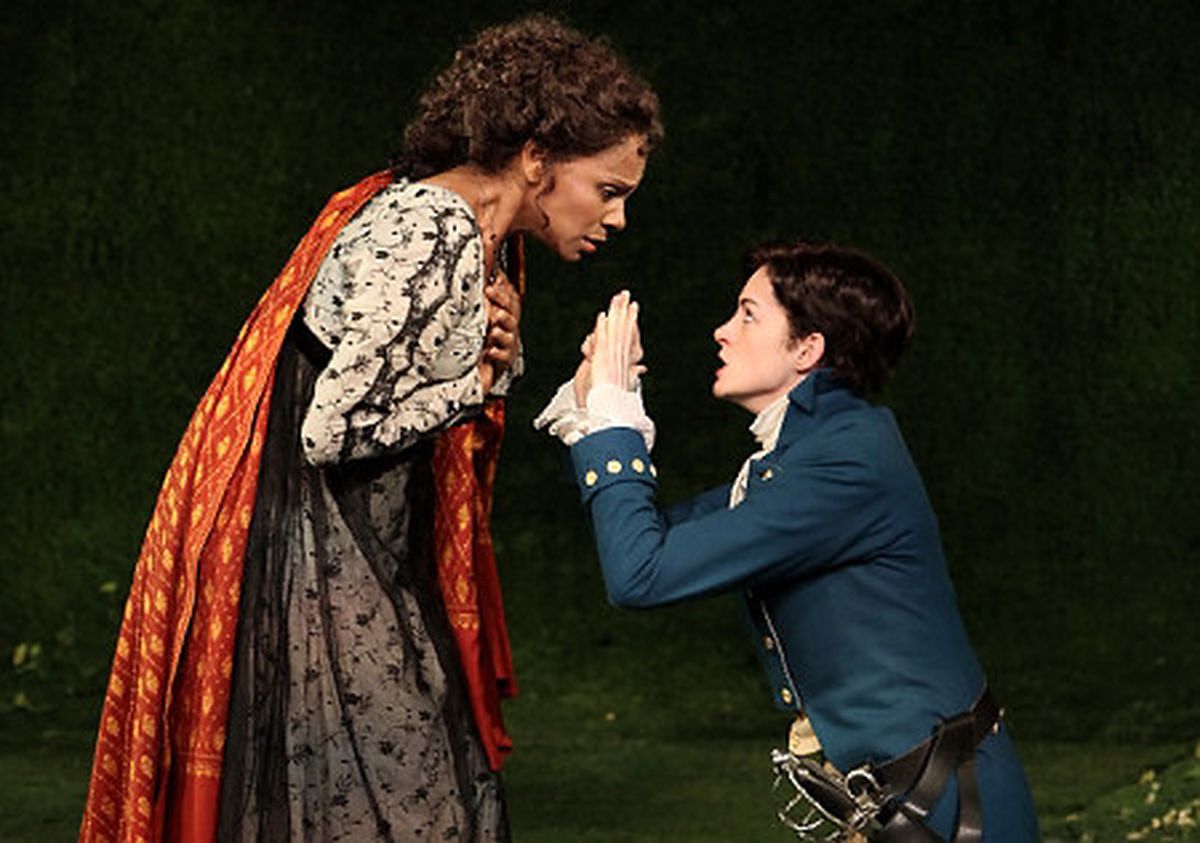
A recent example of this is National Theatre Live’s Twelfth Night. Due to the main character dressing as a man in order to get a job, and falling in love with her master in the process, Twelfth Night is a popular subject amongst scholars working with queer theory. Chad Allen Thomas, in his dissertation “Performing Queer Shakespeare”, sums up why.
“Those critics who study the play through the apparatus of queer theory often focus on the gender and sexual confusion that Viola‘s cross-dressing compounds as well as Antonio‘s passionate attachment to Sebastian”
(( Chad Allen Thomas ))
National Theatre Live specifically focuses on his relationship with Antonio and the man he saved at sea, Sebastian. When the two are introduced it is clear that they have a complicated relationship. In the production, Antonio gives Sebastian a kiss before leaving Sebastian with all of his money and promising to find him again that night. Later on in the play, when Antonio ultimately loses Sebastian to his marriage with Olivia, his sadness and feelings of betrayal become the ultimate tragedy at the heart of Twelfth Night.
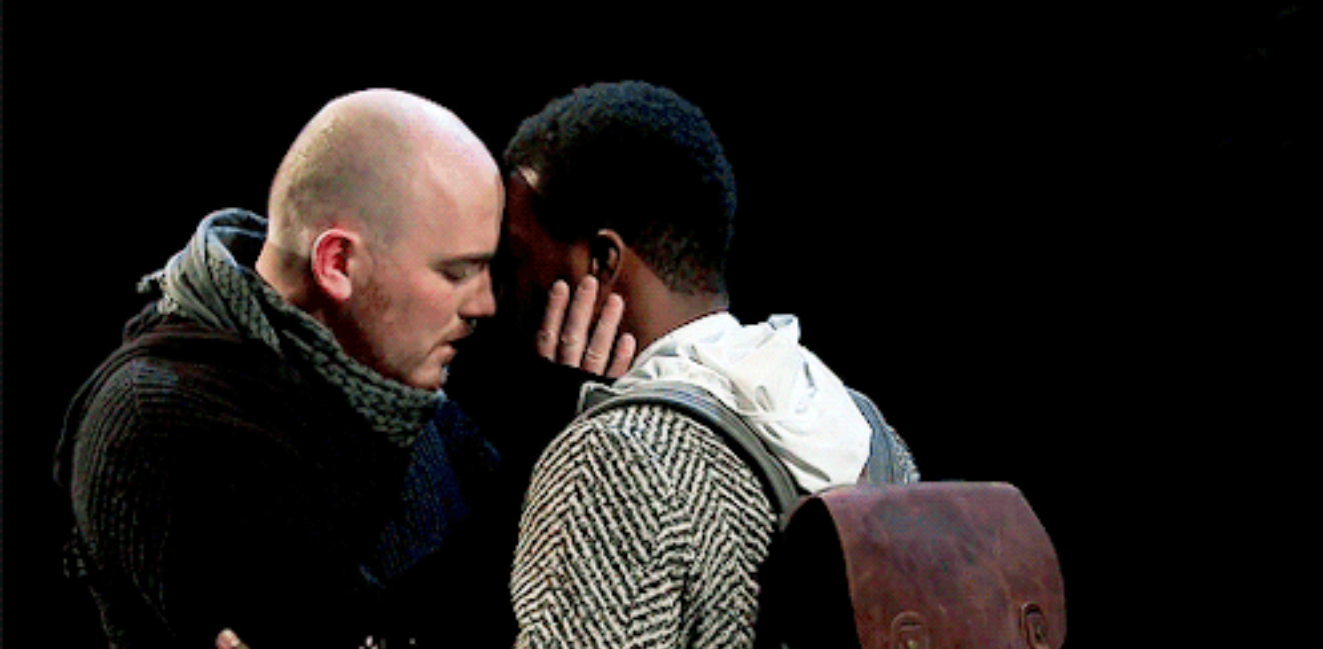
While the show’s homosexuality is capped off by a duo of heterosexual weddings, as is often done with Shakespeare to negate any LGBTQ+ storylines, National Theatre Live includes an epilog that shows Antonio leaving Illyria heartsick (( Thomas, Chad Allen. “Performing Queer Shakespeare.” University of Michigan, 2009. )). While Sebastian has his happily ever after with Olivia, his romance with Antonio has not been forgotten. The social climate of today is much more accepting of homosexuality than that of the 1500s, and this should be taken advantage of. When plays are produced with Elizabethan Era accuracy, there becomes an overwhelming amount of productions that feature rigid gender roles and heterosexuality.
This creates missed opportunities for representing diverse communities, specifically the LGBTQ+ community, to the point that we are erasing them even in the 21st century. Elizabethan Era productions would have ignored the relationship between Antonio and Sebastian, but National Theatre Live brought Shakespeare into today’s world with an added depth and deeper meaning to Antonio’s character without changing a single word of dialog. More importantly, however, through productions like National Theatre Live’s, more LGBTQ+ characters can make their stage debuts and the show becomes representative of today’s diverse society.
We Are Time’s Subjects
We tend to gravitate towards forms of entertainment that we can relate to. But what is there to relate to in a Shakespearean play set in Elizabethan Era England? Not much, until it is set in the twenty-first century. By adapting Shakespeare into a modern setting, the story becomes something that audiences can recognize in their own life. Baz Luhrmann’s Romeo + Juliet takes a love story that is hard for audiences today to understand and turns it into one that we can see in the lives around us.
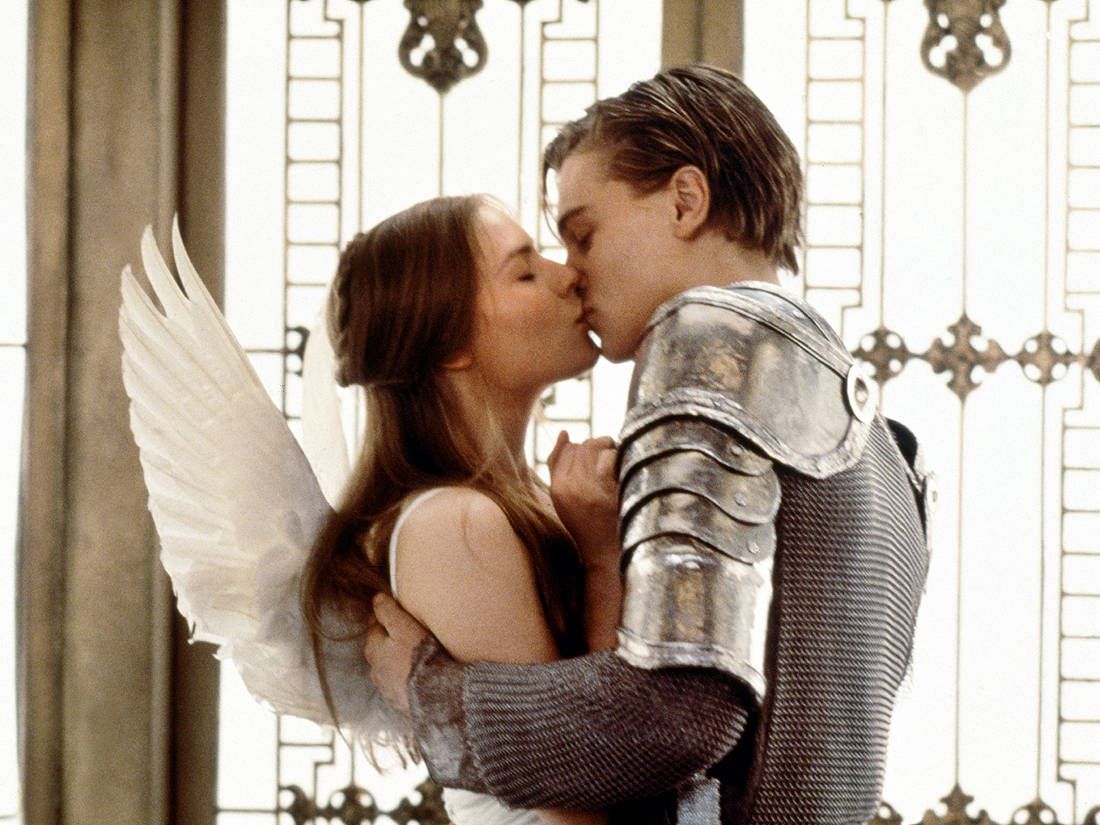
Luhrmann’s Romeo + Juliet takes away the historic Elizabethan Era setting and replaces it with a crime ridden beach town. Suddenly, Romeo and Juliet are young lovers who meet at the height of summer at a party their parents throw, an experience so many audience members can relate to. In Elizabethan Era productions, Romeo and Juliet’s love gets lost in the sea of 1500s England references and becomes hard to follow.
Luhrmann keeps Shakespeare’s dialogue, but by updating the setting to one the audience is familiar with, the play becomes easier to follow and viewers can focus on the love story between Romeo and Juliet once more. Adding relatability to Shakespeare through modern productions truly helps to restore the plays’ plot to its original prominence while additionally giving audiences something recognizable to latch on to.
Music, Play On.
As we draw Shakespeare out of the Elizabethan Era there becomes more possibilities as to how to present his work, from television, to film, to even musical formats. Performing Shakespearean plays as musicals is something that has only emerged recently, but works so wonderfully with The Bard’s words. By adding musicality to Shakespeare, audiences can finally experience the full beauty of his artistry.
In writing about Shakespearean musicals it is important to note that there should be a focus on shows that keep to the original plot as much as possible. Too much deviation and the musical will become something simply ‘inspired’ by a Shakespearean play rather than an adaptation of one. This is the case with shows such as West Side Story, which creates a whole new plot out of Romeo and Juliet. Instead, we will be focusing on the musical adaptations of Twelfth Night and As You Like It, which not only keeps the same characters and plot but also scenes of dialog from the Shakespearean play.
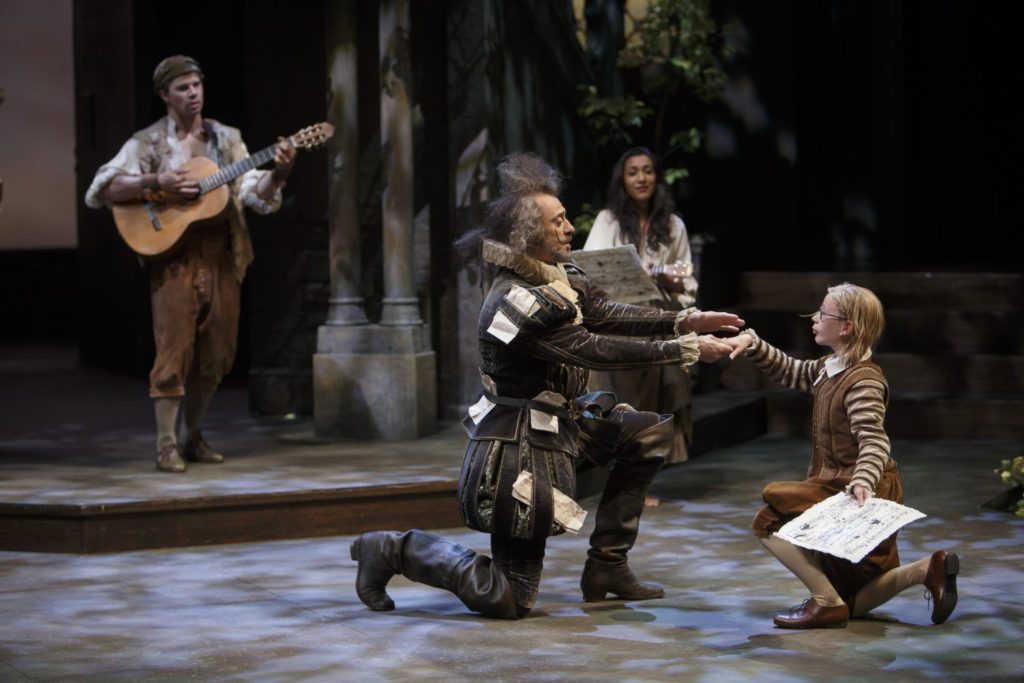
Upon closer examination of The Bard’s plays, almost all are inherently musical. Only 5 plays from his collection refrain from making musical illusions (( Elson, Louis. Shakespeare in Music. 1900. )). Music exists through written songs within the plays, as well in the form of metaphors (( Elson, Louis. Shakespeare in Music. 1900. )) For instance, “Orpheus’ lute” is referred to in Two Gentleman of Verona, as a metaphor in Proteus’ advice on how to woo a lady. Coincidentally, Two Gentleman of Verona went on to become one of the earliest musical adaptations of Shakespeare.
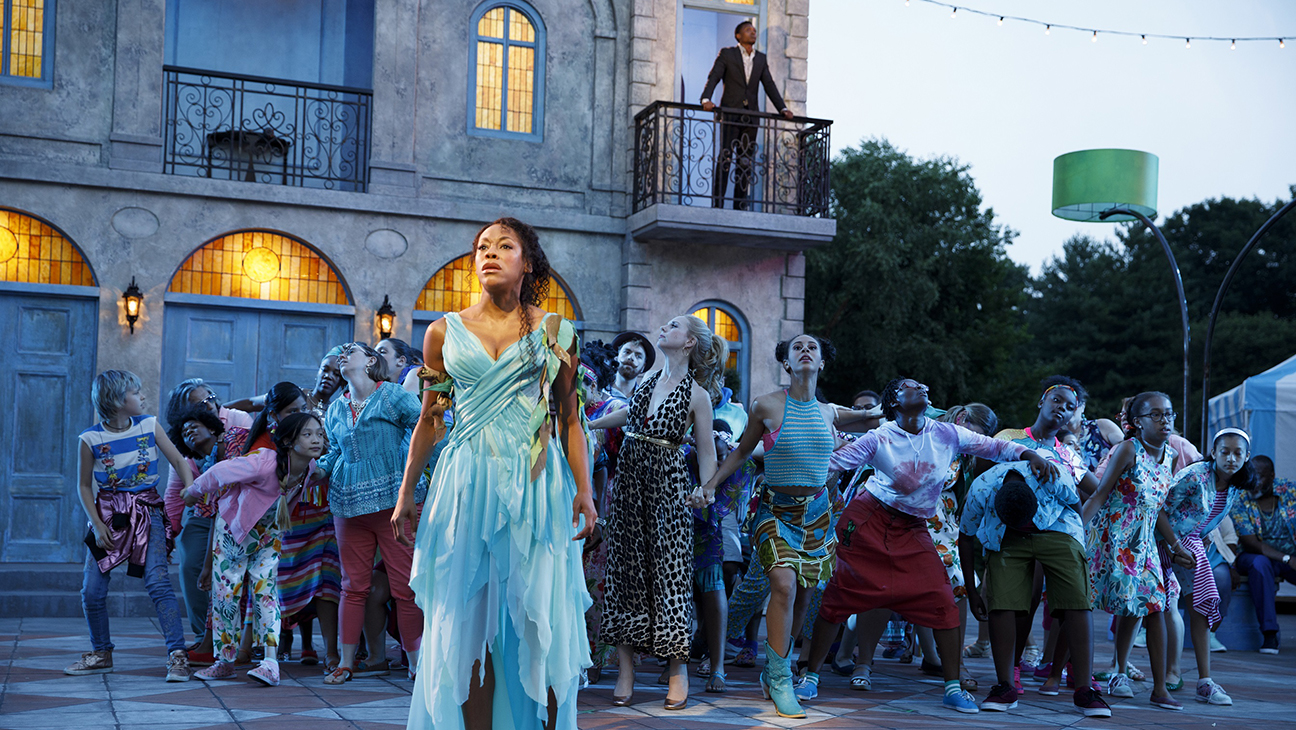
Once Shakespeare is translated into a musical, these musical references are given the spotlight, showcasing how much of a musician Shakespeare was. His songs are given the performance they deserve, and his metaphors are realized through the score. Furthermore, his iambic pentameter, which is often forgotten when performing his plays nowadays, is expressed through the rhythms of the score. If we were to keep Shakespeare in the Elizabethan Era and ignore the progress of musical theatre, his musicality would be lost to the world. Once we embrace the modern era and introduce Shakespeare to musical theatre, the true lengths of his artistry are revealed.
The New Elizabethan Era
Queen Elizabeth is on the throne once more, and we have moved into a new Elizabethan Era. Therefore, shouldn’t we embrace this return to the beginning? Now is the time to re-examine the original Elizabethan Era with the acknowledgement that while we should appreciate history; time has moved forward and therefore so should art and entertainment. Most of the productions discussed are available for viewing through PBS, YouTube, and BroadwayHD. Experience Shakespeare as the entertainment it was meant to be.
